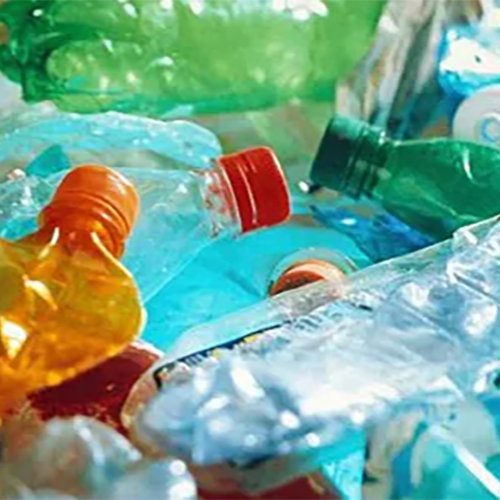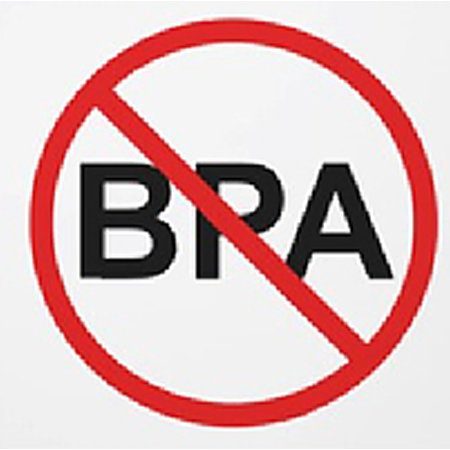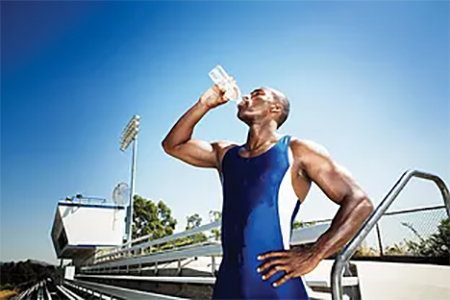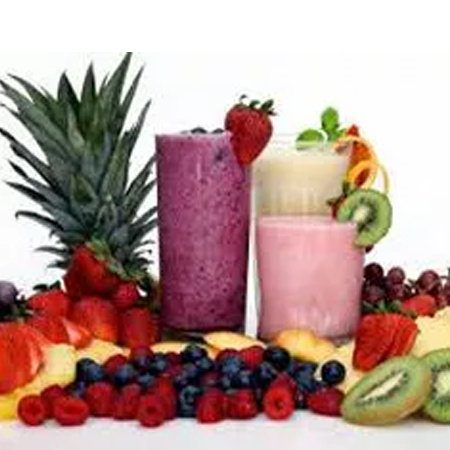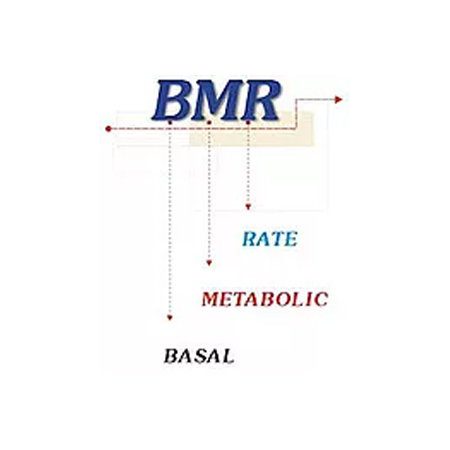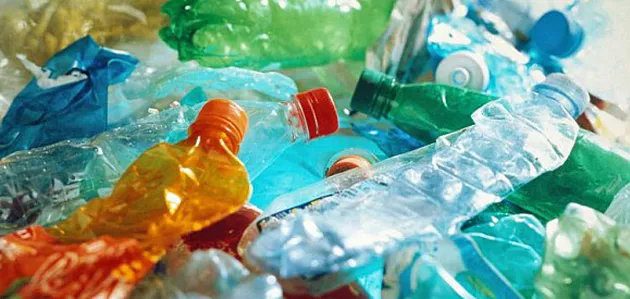
As you are reading this article, you may find several plastic items within your reach, your computer or phone, a pen, maybe an old food container in your kitchen.
Today, plastic is everywhere in our lives. It has become an icon of convenience culture.
IS IT SAFE?
Before we take a call on whether the plastic we are using is safe or not, it is important to understand different types of plastics.

The society of plastic industry has grouped plastics into 7 different categories & a separate code is given to each plastic, marked in a triangle symbol at the bottom of each plastic bottle.
SPI Code #1
Plastic marked with an SPI code of 1 is made with polyethylene terephthalate, which is also known as PETE.
PETE-based containers sometimes absorb odors and flavors from foods and drinks stored inside them. Items made from this plastic are commonly recycled.
Common Use
Beverage bottles, medicine jars, peanut butter jars, combs, beanbags, and rope.
Recycled PETE is used to make tote bags, carpets, fiber-fill material in winter clothing, and more.
Impression: Okay to use. Not known to leach any chemicals that are suspected of causing cancer or disrupting hormones.
SPI Code #2
The SPI code of 2 identifies plastic made with high-density polyethylene or HDPE. HDPE products are very safe and are not known to leach any chemicals into foods or drinks.
However, due to the risk of contamination from previously held substances.
Please note: it is NEVER safe to reuse an HDPE bottle as a food or drink container if it didn’t originally contain food or drink!
Common Use
Items made from this plastic include containers for milk, motor oil, shampoos and conditioners, soap bottles, detergents, and bleaches. Many personalized toys are made from this plastic as well.
Recycled HDPE is used to make plastic crates, plastic lumber, fencing, and more.
Impression: Good to use. Not known to leach any chemicals that are suspected of causing cancer or disrupting hormones.
SPI Code #3
Plastic labeled with an SPI code of 3 is made with polyvinyl chloride or PVC. PVC is not often recycled and can be harmful if ingested.
Common Use
PVC is used for all kinds of pipes and tiles, but it’s most commonly found in plumbing pipes. This kind of plastic should not come in contact with food items.
Recycled PVC is used to make flooring, mobile home skirting, and other industrial-grade items.
Impression: Avoid using it as it contains plasticizers such as DEHA or phthalates that can leach into food.
SPI Code #4
Plastic marked with an SPI code of 4 is made with low-density polyethylene or LDPE. LDPE is not commonly recycled, but it is recyclable in certain areas.
It tends to be both durable and flexible. It also is not known to release harmful chemicals into objects in contact with it, making it a safe choice for food storage.
Common Use
Plastic cling wrap, sandwich bags, squeezable bottles, and plastic grocery bags all are made from LDPE.
Recycled LDPE is used to make garbage cans, lumber, furniture, and many other products seen in and around the house.
Impression: OK to use. Not known to leach any chemicals that are suspected of causing cancer or disrupting hormones, but not as widely recycled as #1 or #2.
SPI Code #5
Consumers will find the SPI code of 5 on plastic items made with polypropylene, or PP. PP can be recycled but is not accepted for recycling as commonly as PETE or HDPE. This type of plastic is strong and can usually withstand higher temperatures.
Common Use
Among many other products, it is used to make plastic diapers, Tupperware, margarine containers, yogurt boxes, syrup bottles, prescription bottles, and some stadium cups. Plastic bottle caps often are made from PP as well.
Recycled PP is used to make ice scrapers, rakes, battery cables, and similar items that need to be durable.
Impression: OK to use. Hazardous during production, but not known to leach any chemicals that are suspected of causing cancer or disrupting hormones. Not as widely recycled as #1 and #2.
SPI Code #6
Plastic marked with an SPI code of 6 is made with polystyrene, also known as PS and most commonly known as Styrofoam. PS can be recycled, but not efficiently; recycling it takes a lot of energy, which means that few places accept it.
Common Use
Disposable coffee cups, plastic food boxes, plastic cutlery, packing foam, and packing peanuts are made from PS.
Recycled PS is used to make many different kinds of products, including insulation, license plate frames, and rulers.
Impression: Avoid using it as researchers have investigated possible health risks from traces of styrene monomer. This risk seems to be low.
SPI Code #7
The SPI code of 7 is used to designate miscellaneous types of plastic that are not defined by the other six codes.
Bisphenol A (BPA), Polycarbonate, and polylactide are included in this category. These types of plastics are difficult to recycle.
Common Use:
Polycarbonate, or PC, is used in baby bottles, large water bottles (multiple-gallon capacity), compact discs, and medical storage containers.
Recycled plastics in this category are used to make plastic lumber, among other products.
Impression: Avoid using it as Polycarbonate can release BPA into food, especially when bottles are washed for reuse. Can leach into food as the product ages.
Conclusion
Avoid recycling symbols 3, 6, and 7. While number 1 is considered safe, it is also best to avoid this plastic. Look for symbols 2, 4, and 5, as these plastics are considered to be safest.
In case of any query related to diet or weight loss book an appointment with Dt. Silky Mahajan please send us a mail at info@foodsandnutrition.in or call on 080 6741 7780 (Dial Extension: 778).






